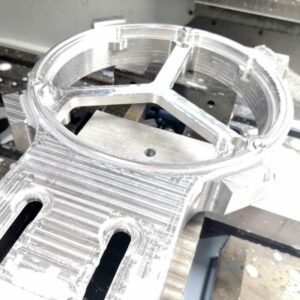Engineers and product designers use prototypes to verify the design and functionality of electronic and mechanical products. Therefore, prototypes, also called samples are an essential part of the process of product development and certification. In addition, prototypes in aluminum and plastic let us experience the look and feel and user interaction. It is important to determine how we make prototypes in the best way for the development of new products. There are many different ways to produce metal parts. in addition, we distinguish 3 methods to produce plactic parts. As a result, we offer CNC machined aluminum and plastic prototypes next to 3D printing in SLA.
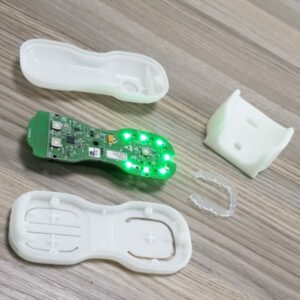
Design verification with prototypes.
Usually, engineers require one or more prototypes through the product development process. It is an iteration process that helps us to evaluate the design, functionality and product assembly. As a result, we update the design to make a better product. We collect the necessary feedback from prototypes in used in the field to further improve the new product. After extensive evaluation, we approve the final prototype. This final prototype is also called a “golden sample”. To clarify, we use it as a reference in the further manufacturing process of the product and to build the pre-series. We use the golden sample or a unit from the pre-series tto certify the product to comply with CE, UL, TUV, FSS, RoHS and REACH regulations.
Furthermore, a prototype is more than a proof of concept, in short “POC”. A POC is intended to show an idea is working and feasible. At Davantech, we usually make prototypes for our customers when they are part of a development project. However, we produce CNC machined prototypes in aluminum and plastic as well. In most cases, we use CNC machining, including turning, milling, EDM and laser cutting. Materials used are include plastic and metal.
We offer 3 ways of manufacturing mechanical prototypes:
-
3D Printing: SLA | Stereolitography.
With this technique we build up the prototype layer by layer by selective hardening a liquid polymer. Herby we use a UV beam to harden the material. This process is called SLA or stereolithography and it is the widest used 3D printing technology. The material is epoxy with a white color. A disadvantage of SLA is that the material becomes yellow after a couple of months. A coating will cover this and the sample will be more durable. With SLA you have to take in account some tolerances on the dimensions.
It has to be said that SLA prototypes are strong, cheap and usefull to evaluate the design ass well as the look and feel of the product. Large prototypes are possible but not in one piece. The dimensional capacity of the machines is limited. Therefore, we build up large prototypes from several smaller pieces glued together. Afterwards you can hardly see that the sample was not made of one piece.
You have to count 1 week production time for 3D-printed samples.
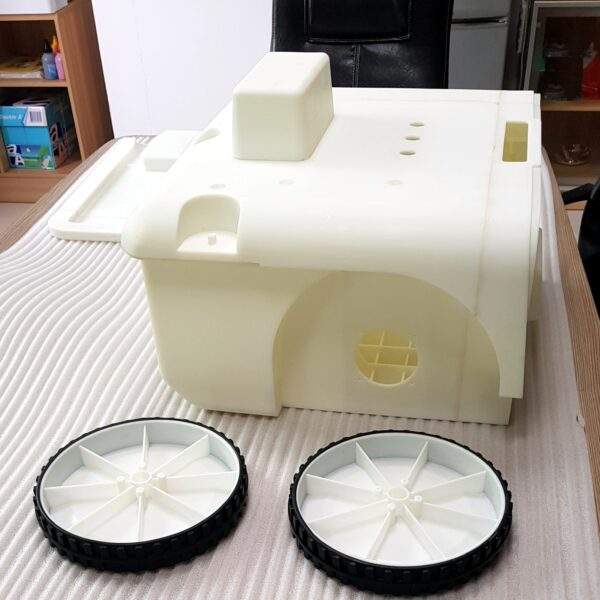
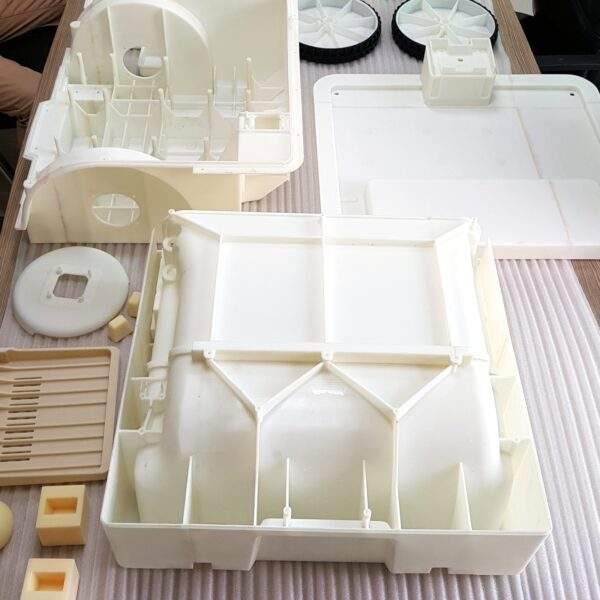
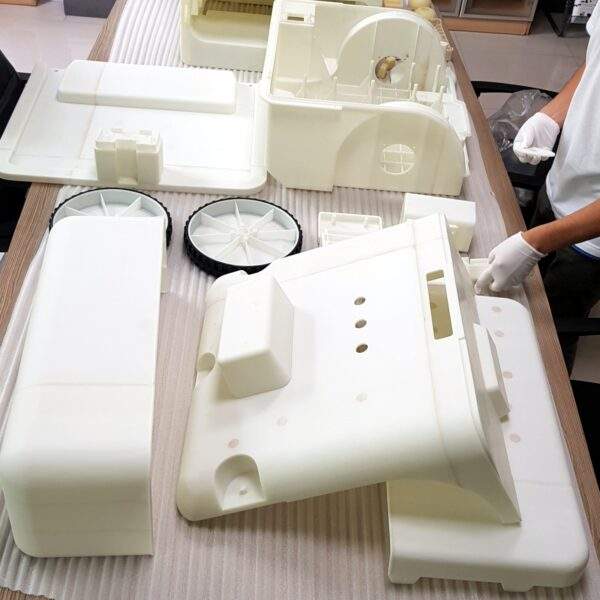
-
Plastic CNC machining.
We use turning and milling to make plastic prototypes which need to be more accurate than 3D printed samples. Also, machined plastic parts are stronger and as such can be used in the field. There are many possibilities to make CNC machined prototypes. We machine details with a radius as small as 1mm. ABS, POM, PP, PEEK and PA6.6 are very common raw materials for prototypes machining.
For CNC machining of your prototypes you need to count 2 to 3 weeks. The main reason is the programming time and the planning. We always try our best to speed up the process and yet deliver perfect components.
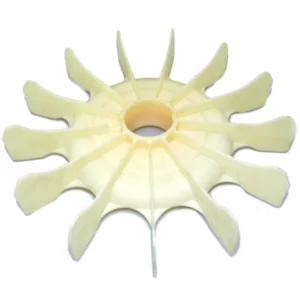
-
Aluminum prototypes machining.
Next to plastic prototypes we do aluminum prototypes machining. In fact, there is no difference between a CNC machined aluminum prototype or a part from a larger series. Unfortunately, the set-up time and programming time is exactly the same for machining 1 part or 1000 parts. Obviously, this results in a higher unit cost. The benefit of working with Davantech is that we have dedicated and experienced programmers and machine operators who can get your parts done fast. After machining aluminum prototypes it is possible to apply a surface treatment such as anodizing or powder coating.
Contact us to know all the options.
